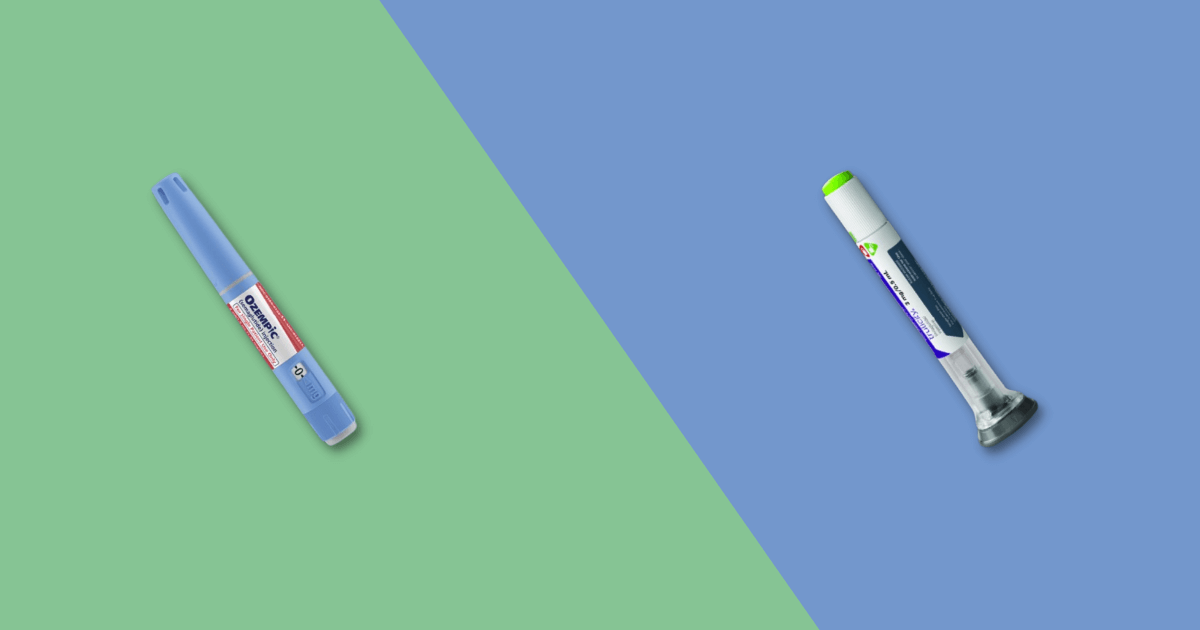When managing type 2 diabetes, patients often wonder about their treatment options, leading many to compare it. These two medications, both GLP-1 receptor agonists, are widely used to help control blood sugar levels. But how do they differ, and which one might be better suited for your needs? In this article, we’ll break down everything you need to know about it, including their effectiveness, side effects, and benefits.
What Are Trulicity and Ozempic?
Trulicity and Ozempic are both medications prescribed to people with type 2 diabetes to help lower blood sugar levels. They work by mimicking a hormone called GLP-1, which helps regulate insulin and glucose production in the body. These medications are taken via injection and are designed to be used alongside diet and exercise.
While they may seem similar, there are some important distinctions between Trulicity vs Ozempic that can impact a patient’s decision.
Trulicity vs Ozempic: How Do They Work?
Both Trulicity and Ozempic activate the GLP-1 receptor, but their methods and frequencies of use differ slightly.
- Trulicity is a once-weekly injection that helps the body release insulin only when blood sugar levels are high.
- Ozempic is also a once-weekly injection but may offer a stronger effect on reducing blood sugar and promoting weight loss.
Though both medications work similarly, Trulicity vs Ozempic may offer different results based on individual body chemistry and lifestyle.
Effectiveness of Trulicity vs Ozempic
The effectiveness of it can vary from patient to patient. Clinical trials have shown that both medications are highly effective at reducing A1C levels (a measure of blood sugar control over time). However, Ozempic tends to have a stronger impact on weight loss, which may be a deciding factor for some patients.
- Trulicity: Clinical studies show that Trulicity can lower A1C by up to 1.6%.
- Ozempic: On average, Ozempic can reduce A1C by up to 1.8%, making it slightly more effective for some patients.

Trulicity vs Ozempic: Side Effects
When considering it, understanding the potential side effects is crucial. While both medications share common side effects, their intensity or frequency may differ. Common side effects of both drugs include nausea, vomiting, and diarrhea.
- Trulicity: Some patients report mild to moderate nausea, which usually subsides after a few weeks of use.
- Ozempic: While nausea is also common with Ozempic, some patients experience more significant gastrointestinal discomfort.
It’s essential to talk to your healthcare provider about the possible side effects of it to make an informed decision.
Weight Loss Benefits of Trulicity vs Ozempic
One of the key benefits patients often seek in diabetes medications is weight loss. In the battle of Trulicity vs Ozempic, it typically comes out ahead in this regard.
- Trulicity: While effective in controlling blood sugar, Trulicity is less known for its weight loss benefits, though some patients do report modest weight reduction.
- Ozempic: Clinical trials show that patients taking Ozempic may experience significant weight loss, making it a popular choice for those who need both blood sugar control and weight management.
Dosing and Administration: Trulicity vs Ozempic
Both Trulicity and Ozempic are administered via injections, and both are taken once a week. However, their dosages and administration can differ slightly.
- Trulicity: Available in two doses, 0.75 mg and 1.5 mg, administered once weekly with a pre-filled pen.
- Ozempic: Available in 0.5 mg and 1 mg doses, with a stronger 2 mg dose for patients who need more substantial blood sugar control.
When comparing it, your healthcare provider will determine which dosing regimen suits your needs best.
Trulicity vs Ozempic: Cost Comparison
The cost of Trulicity vs Ozempic is another factor patients often consider. Both medications are expensive, but they are covered by many insurance plans. Without insurance, the out-of-pocket costs for both medications can be high, often exceeding several hundred dollars per month.
- Trulicity: The average cost is around $800 for a one-month supply.
- Ozempic: Costs about the same, with prices ranging from $850 to $900 per month.
Make sure to check with your insurance provider to see if they cover either of these medications and discuss cost-saving options with your doctor.
Trulicity vs Ozempic: Which One is Right for You?
Deciding between Trulicity vs Ozempic depends on various factors, including your health goals, side effect tolerance, and whether you need help with weight loss. For patients focused primarily on blood sugar control, Trulicity may be a suitable option. However, if weight loss is a key consideration, Ozempic might offer better results.
Conclusion: Trulicity vs Ozempic—Consult Your Doctor
In the debate between Trulicity vs Ozempic, there is no one-size-fits-all answer. Both medications have proven effective in controlling blood sugar levels and managing type 2 diabetes, but each comes with its pros and cons. The best way to decide is by consulting with your healthcare provider, who can help you weigh the benefits and potential drawbacks of each medication based on your individual needs.
